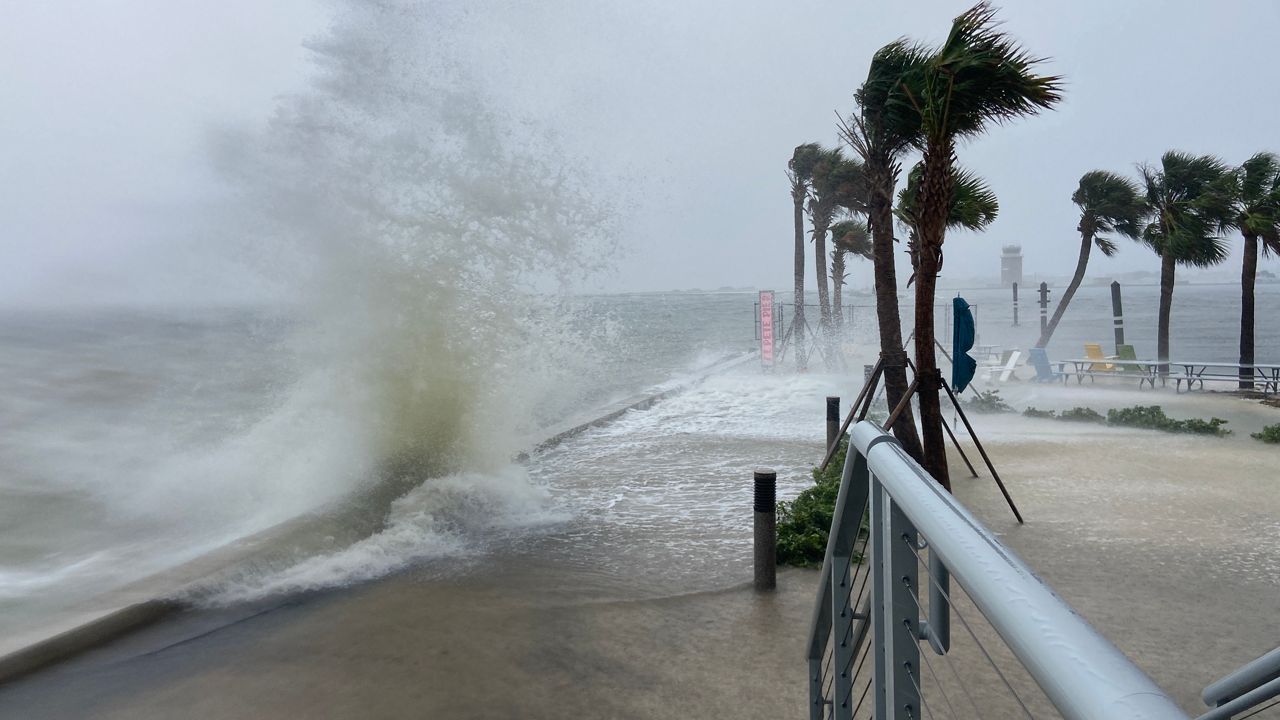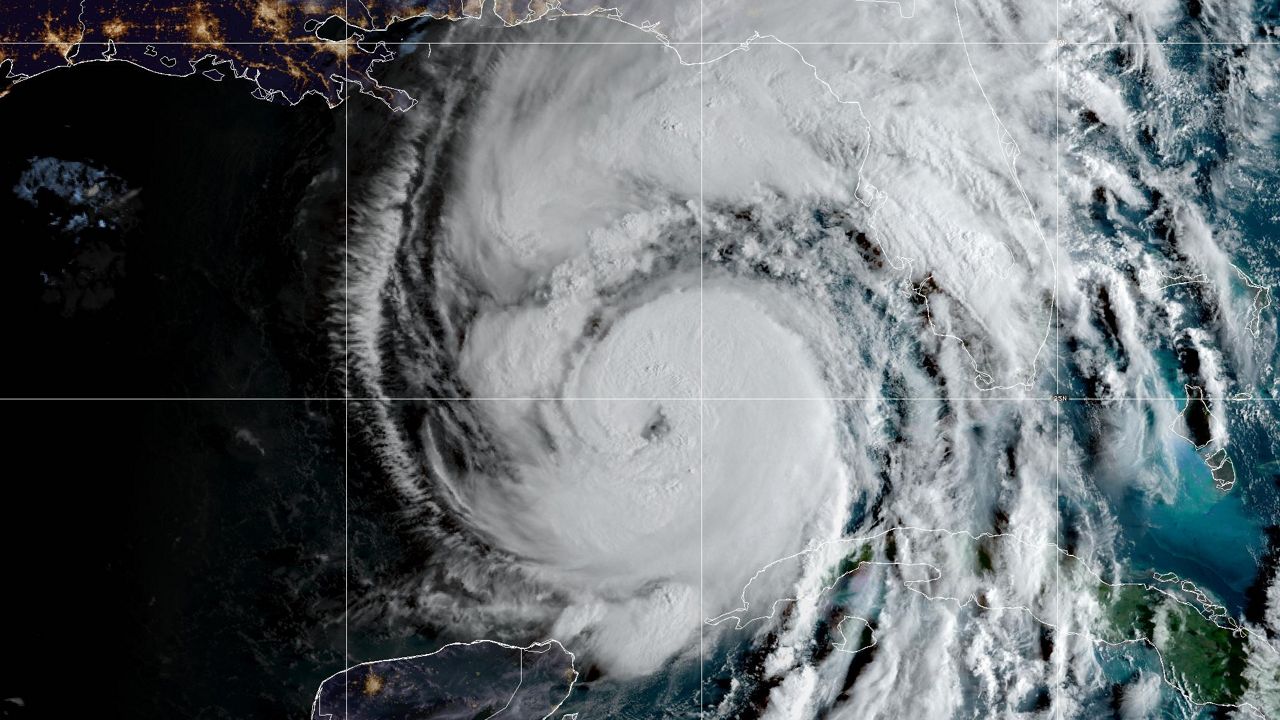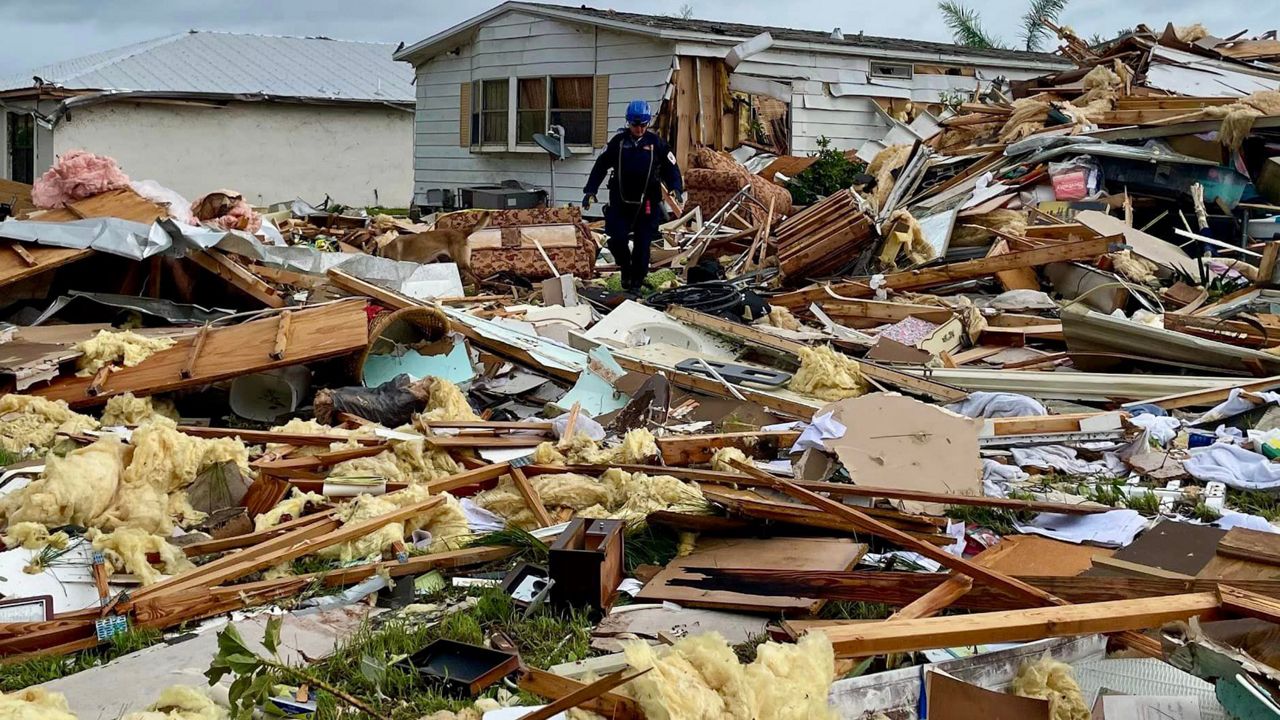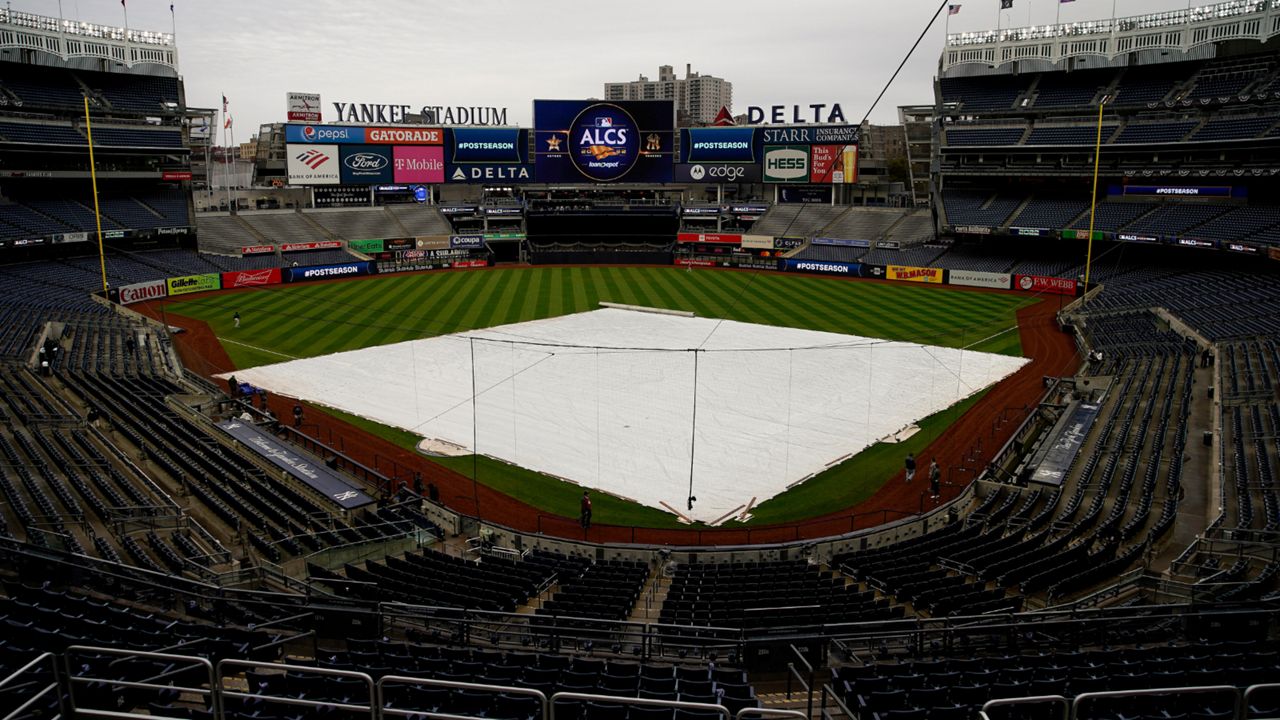We have made it to the final weeks of hurricane season, the 6-month timeframe from June 1 to November 30, when tropical systems are most likely to form throughout the Atlantic basin.
November tends to be one of the less active months since the water temperatures have started to cool, and the environment becomes less favorable for spinning up storms.
2020 has proved to be anything but typical, with recent Eta making two landfalls in Florida: one near Lower Matacumbe Key in the Florida Keys and the other near Cedar Key along Florida's west coast.
Although Eta briefly strengthened to a hurricane while offshore southwest Florida, it was a tropical storm when it had its greatest impacts on Florida.
The difference between a tropical storm and a hurricane has to do with the winds.
When an organized area of low pressure has winds of 39 to 73 mph, it is labeled a tropical storm and given a name from the alphabetical (or in this case, Greek letter) list for that season. When winds are of 74 mph or greater, it is a hurricane.
As we saw this week, tropical storms can still do a lot of damage. While they may not have the winds to classify it as a hurricane, rain and storm surge can lead to significant impacts.
This week in South Florida, the rainfall was enough to flood streets and yards. One of the hardest-hit areas was Pembroke Pines, Florida, where over a foot of rain was measured.
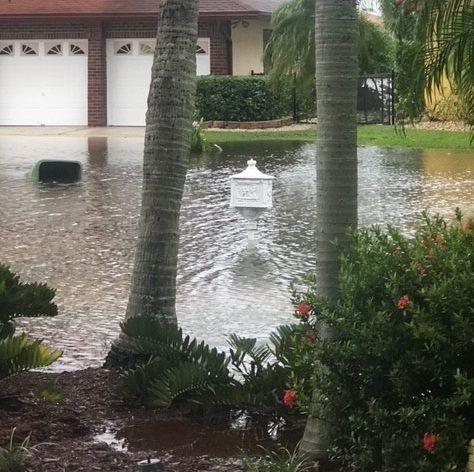
Rain bands spiraling around on the right side of the storm dumped incredible totals over the southern part of the Florida peninsula.
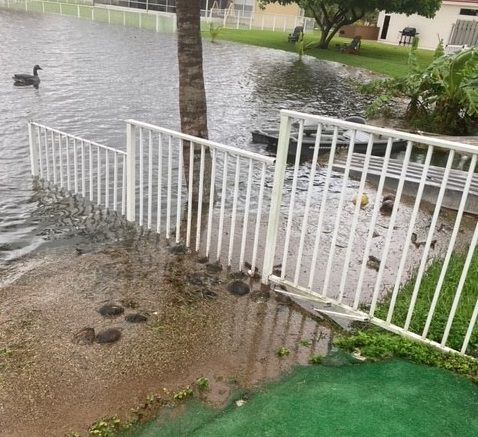
On the west coast of Florida, rainfall totals from Eta were nearly one-foot. According to the CoCoRaHS data network, Gulfport in Pinellas County topped the list with 10.00 inches in 24 hours, with Sun City Center close behind at 9.77 inches.

Historically, tropical storms have maintained some impressive rainfall records.
During the 1979 season, Tropical Storm Claudette had the greatest 24-hour rainfall on record in the United States. Alvin, Texas received 42 inches of rain in one day as the tropical storm moved inland.
In 2001, Tropical Storm Allison produced nearly 37 inches of rain, causing catastrophic flooding in the Houston area. It was enough to become the first tropical storm name to be retired by the World Meteorological Organization.
In 2015, Tropical Storm Erika followed as the second tropical storm to have a name retired due to the destruction it caused on the islands of Dominica and Guadeloupe.
Both tropical storms and hurricanes can provide similar impacts beyond the destructive wind. Heavy rain, storm surge flooding, and isolated tornadoes can also accompany any tropical system.




